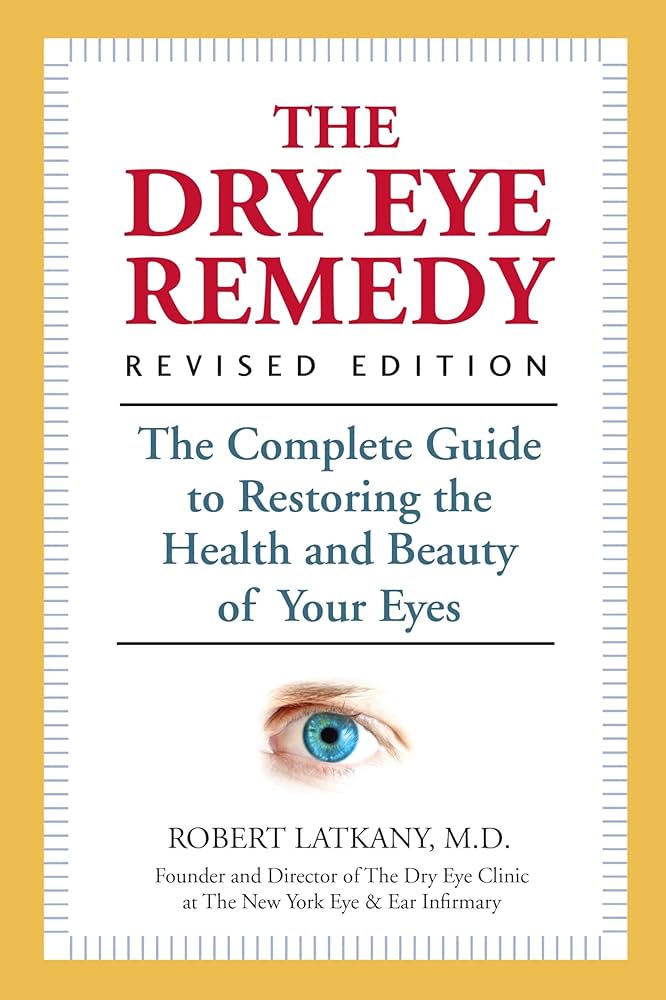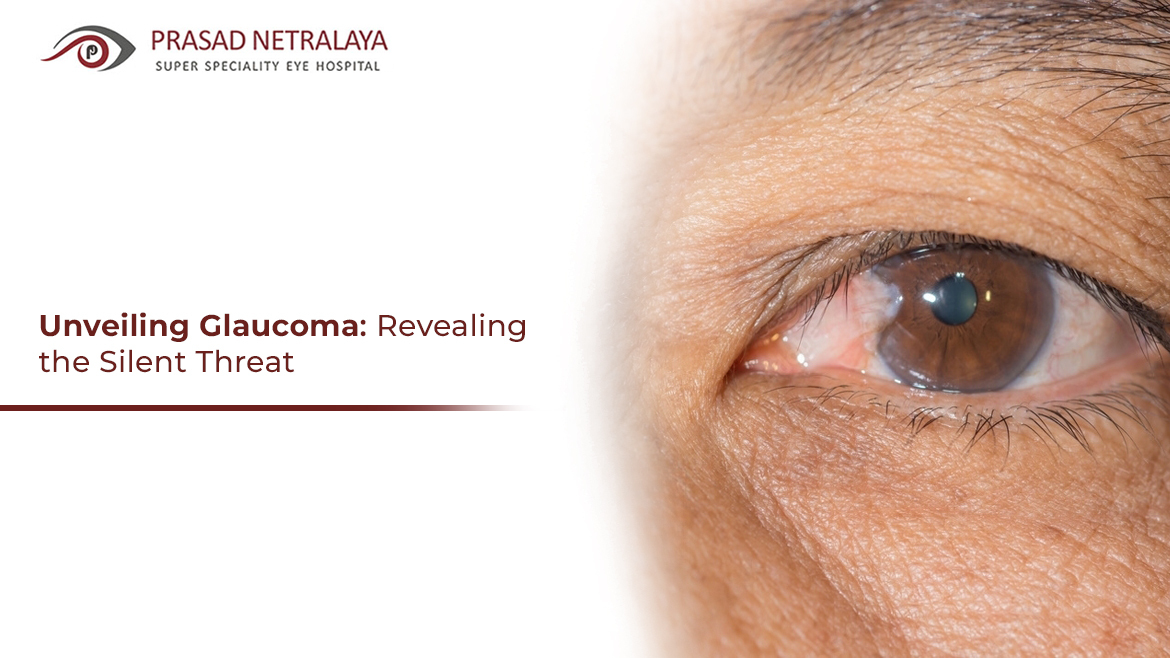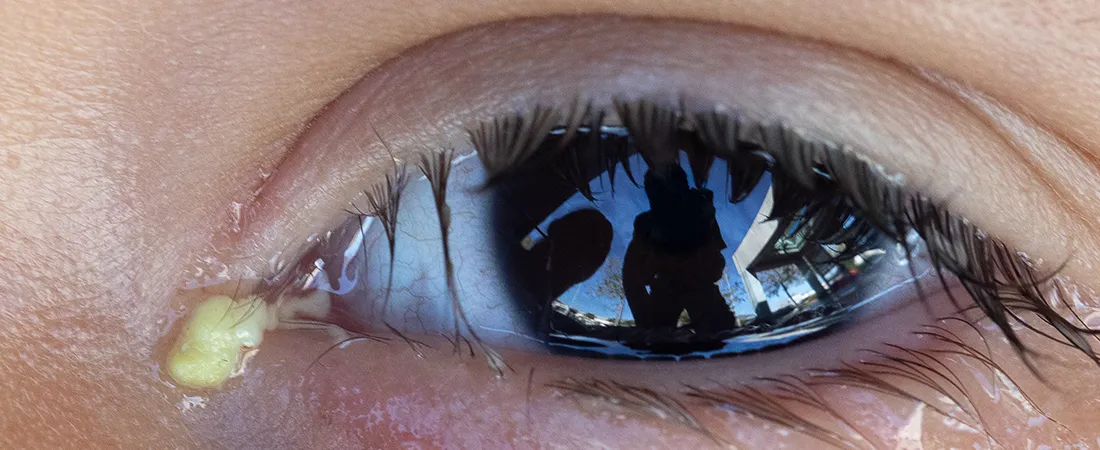What is dry eye ICD-10? Dry eye ICD-10 is a medical classification used to identify and diagnose dry eye disease, a condition that affects the eyes and can cause discomfort, irritation, and vision problems.
Editor’s Notes: The article on “dry eye ICD 10” was updated on March 8, 2023. This topic is important for eye care professionals and patients who are experiencing symptoms of dry eye disease.
Our team of experts has analyzed and dug through a wealth of information to compile this comprehensive guide on dry eye ICD-10. Our aim is to provide target audiences with the knowledge and insights they need to make informed decisions about their eye health.
Key differences or Key takeways:
| ICD-10 Code | Description |
|---|---|
| H04.111 | Sjgren syndrome with keratoconjunctivitis sicca |
| H04.119 | Sjgren syndrome with other manifestations |
| H10.1 | Idiopathic keratoconjunctivitis sicca |
| H10.2 | Keratoconjunctivitis sicca due to other disorders |
| H10.3 | Keratoconjunctivitis sicca, unspecified |
Transition to main article topics:
Dry Eye ICD-10
Dry eye ICD-10 is a crucial medical classification that aids in the identification and diagnosis of dry eye disease, a prevalent condition affecting the eyes. Understanding its various aspects is essential for proper diagnosis, treatment, and management of the condition.
- Classification: Dry eye ICD-10 provides standardized codes for classifying different types of dry eye disease.
- Diagnosis: The classification assists healthcare professionals in accurately diagnosing dry eye disease, distinguishing it from other eye conditions.
- Severity: ICD-10 codes help determine the severity of dry eye disease, guiding appropriate treatment plans.
- Causes: The classification system considers various causes of dry eye disease, such as autoimmune disorders, medications, and environmental factors.
- Symptoms: ICD-10 codes are linked to specific symptoms of dry eye disease, such as irritation, redness, and blurred vision.
- Treatment: The classification system supports the selection of appropriate treatments for dry eye disease, including artificial tears, medications, and lifestyle modifications.
- Monitoring: ICD-10 codes facilitate the monitoring of dry eye disease over time, allowing healthcare professionals to track its progression and response to treatment.
- Research: The classification system contributes to research on dry eye disease, enabling the identification of patterns, risk factors, and potential cures.
- Epidemiology: ICD-10 codes provide valuable data for understanding the prevalence and distribution of dry eye disease in different populations.
- Public Health: The classification system supports public health initiatives aimed at preventing and managing dry eye disease, promoting eye health and well-being.
In conclusion, the key aspects of dry eye ICD-10 encompass classification, diagnosis, severity assessment, etiology, symptoms, treatment options, monitoring, research, epidemiology, and public health implications. These aspects are interconnected, providing a comprehensive framework for understanding and managing dry eye disease effectively.
Classification
The classification of dry eye ICD-10 is a crucial component of the overarching concept of “dry eye ICD-10.” It establishes a standardized system for categorizing various types of dry eye disease, providing a common language for healthcare professionals to communicate and document diagnoses.
The importance of classification in the context of dry eye ICD-10 lies in its ability to:
- Facilitate accurate diagnosis: Standardized codes enable healthcare professionals to precisely identify the specific type of dry eye disease a patient has, distinguishing it from other eye conditions with similar symptoms.
- Guide appropriate treatment: Different types of dry eye disease require different treatment approaches. Classification helps healthcare professionals select the most effective treatment plan for each patient.
- Monitor disease progression: Tracking the type of dry eye disease over time allows healthcare professionals to monitor its progression, assess the effectiveness of treatment, and make necessary adjustments.
- Support research and data analysis: Standardized codes facilitate the collection and analysis of data on the prevalence, risk factors, and outcomes of different types of dry eye disease, contributing to research and knowledge advancement.
In practical terms, the classification of dry eye ICD-10 ensures that patients receive the correct diagnosis and appropriate treatment for their specific type of dry eye disease. It streamlines communication among healthcare professionals, reduces misdiagnoses, and promotes better patient outcomes.
Key insights:
- Classification of dry eye ICD-10 is essential for accurate diagnosis, appropriate treatment, and monitoring of the condition.
- Standardized codes facilitate effective communication and data analysis, contributing to research and knowledge advancement.
- Proper classification is crucial for ensuring that patients receive the best possible care for their specific type of dry eye disease.
Table: Classification of dry eye ICD-10
| Code | Description |
|---|---|
| H04.111 | Sjgren syndrome with keratoconjunctivitis sicca |
| H04.119 | Sjgren syndrome with other manifestations |
| H10.1 | Idiopathic keratoconjunctivitis sicca |
| H10.2 | Keratoconjunctivitis sicca due to other disorders |
| H10.3 | Keratoconjunctivitis sicca, unspecified |
Diagnosis
The classification of dry eye ICD-10 plays a crucial role in diagnosing dry eye disease accurately, distinguishing it from other eye conditions with similar symptoms. This accurate diagnosis is critical for several reasons:
- Appropriate treatment: Different types of dry eye disease require different treatment approaches. Accurate diagnosis ensures that patients receive the most effective treatment for their specific condition.
- Avoidance of unnecessary treatment: Misdiagnosis can lead to inappropriate treatment, which can be ineffective or even harmful. Accurate diagnosis helps avoid unnecessary treatment and potential complications.
- Monitoring and prognosis: The type of dry eye disease can influence the disease’s progression and prognosis. Accurate diagnosis allows healthcare professionals to monitor the condition effectively and provide appropriate counseling and support.
In practice, the classification of dry eye ICD-10 guides healthcare professionals through a systematic approach to diagnosis. By considering the patient’s symptoms, medical history, and examination findings, healthcare professionals can assign the most appropriate ICD-10 code, ensuring a precise diagnosis.
For example, a patient presenting with symptoms of dry eyes, such as irritation, redness, and blurred vision, may be diagnosed with “idiopathic keratoconjunctivitis sicca” (H10.1) if the cause of their dry eyes is unknown. On the other hand, a patient with dry eyes and a known history of rheumatoid arthritis may be diagnosed with “keratoconjunctivitis sicca due to other disorders” (H10.2), specifically due to rheumatoid arthritis.
Accurate diagnosis of dry eye disease using ICD-10 classification is essential for providing patients with the best possible care and improving their quality of life.
| Key Insight | Description |
|---|---|
| Accurate diagnosis is crucial for appropriate treatment. | Different types of dry eye disease require different treatment approaches. |
| Misdiagnosis can lead to inappropriate treatment. | Unnecessary treatment can be ineffective or even harmful. |
| Classification guides healthcare professionals in diagnosis. | ICD-10 codes help assign the most appropriate diagnosis based on symptoms, medical history, and examination findings. |
Severity
The classification of dry eye ICD-10 not only assists in diagnosing the condition but also plays a crucial role in determining its severity. This is significant because the severity of dry eye disease directly influences the appropriate treatment plan and the patient’s quality of life.
ICD-10 codes provide a standardized way to categorize the severity of dry eye disease based on the patient’s symptoms and clinical findings. This categorization guides healthcare professionals in selecting the most effective treatment options for each individual patient.
For instance, patients with mild dry eye disease may be prescribed artificial tears or other over-the-counter lubricants to relieve symptoms and protect the eyes. In contrast, patients with severe dry eye disease may require prescription medications, such as cyclosporine or lifitegrast, to reduce inflammation and improve tear production.
Determining the severity of dry eye disease using ICD-10 classification is essential for several reasons:
- Appropriate treatment: The severity of dry eye disease guides the selection of appropriate treatment options, ensuring that patients receive the most effective care for their specific condition.
- Monitoring disease progression: Tracking the severity of dry eye disease over time allows healthcare professionals to monitor its progression and assess the effectiveness of treatment.
- Prognosis and counseling: The severity of dry eye disease can influence its prognosis and the patient’s overall quality of life. Accurate assessment of severity helps healthcare professionals provide appropriate counseling and support.
In summary, the classification of dry eye ICD-10 provides a standardized approach to determining the severity of the condition, which is crucial for guiding appropriate treatment plans and improving patient outcomes.
| Key Insight | Description |
|---|---|
| Severity assessment is crucial for appropriate treatment. | Different severities of dry eye disease require different treatment approaches. |
| ICD-10 codes guide healthcare professionals in severity assessment. | ICD-10 codes help assign the most appropriate severity level based on symptoms and clinical findings. |
| Severity assessment aids in monitoring and prognosis. | Tracking severity over time allows for monitoring disease progression and assessing treatment effectiveness. |
Causes
The classification system of dry eye ICD-10 acknowledges the diverse causes of dry eye disease, which can range from underlying health conditions to external factors. Understanding these causes is crucial for healthcare professionals to provide targeted and effective treatment.
- Autoimmune disorders: Certain autoimmune disorders, such as Sjgren’s syndrome, can affect the tear-producing glands, leading to reduced tear production and dry eye disease.
- Medications: Some medications, such as antihistamines and antidepressants, can have side effects that include dry eyes. These medications can reduce tear production or increase tear evaporation.
- Environmental factors: Exposure to certain environmental factors, such as wind, dust, and smoke, can contribute to dry eye disease by increasing tear evaporation.
The classification of dry eye ICD-10 provides a comprehensive framework for considering various causes of the condition. This enables healthcare professionals to accurately diagnose the underlying cause of a patient’s dry eye disease, which is essential for developing an appropriate treatment plan. By addressing the underlying cause, healthcare professionals can improve the patient’s quality of life and prevent further complications.
Symptoms
The classification of dry eye ICD-10 not only considers the causes of the condition but also recognizes its diverse symptoms. ICD-10 codes are linked to specific symptoms of dry eye disease, providing a standardized language for healthcare professionals to describe and document the patient’s experience.
- Irritation and discomfort: Dry eye disease can cause a burning or stinging sensation in the eyes, accompanied by a feeling of grittiness or foreign body sensation.
- Redness: Inflammation associated with dry eye disease can lead to redness and bloodshot eyes.
- Blurred vision: Dry eyes can cause fluctuations in vision, resulting in blurred or hazy vision, especially during extended periods of reading or screen time.
- Tearing: Paradoxically, dry eye disease can sometimes lead to excessive tearing as the eyes attempt to compensate for the lack of natural lubrication.
By linking ICD-10 codes to specific symptoms, healthcare professionals can accurately capture the patient’s experience, leading to a more precise diagnosis and appropriate treatment plan. This standardized approach to symptom description enhances communication among healthcare providers and facilitates research on the prevalence and impact of dry eye disease.
Treatment
The classification system for dry eye ICD-10 plays a crucial role in guiding the selection of appropriate treatments for this condition. By providing standardized codes for different types and severities of dry eye disease, the classification system enables healthcare professionals to tailor treatment plans to the specific needs of each patient.
- Artificial tears: Artificial tears are a mainstay of treatment for mild to moderate dry eye disease. These over-the-counter solutions aim to supplement the natural tear film, providing lubrication and relief from symptoms such as irritation and discomfort.
- Medications: Prescription medications are often used to treat more severe cases of dry eye disease. These medications may include topical anti-inflammatories, such as cyclosporine and lifitegrast, which aim to reduce inflammation and improve tear production.
- Lifestyle modifications: Lifestyle modifications can complement medical treatment and help manage dry eye symptoms. These modifications may include avoiding dry environments, using humidifiers, and wearing sunglasses to protect the eyes from wind and dust.
By considering the underlying cause and severity of the condition, healthcare professionals can select the most appropriate treatment options for dry eye disease. The classification system of dry eye ICD-10 serves as a valuable tool in this process, ensuring that patients receive the most effective care and experience improved quality of life.
Monitoring
The classification system for dry eye ICD-10 plays a crucial role in monitoring the condition over time, enabling healthcare professionals to assess its progression and response to treatment effectively. By providing standardized codes for different types and severities of dry eye disease, the classification system serves as a common language for documenting and tracking the patient’s condition.
Through regular monitoring, healthcare professionals can evaluate the effectiveness of the treatment plan, identify any changes in the condition, and make necessary adjustments to optimize patient outcomes. This ongoing monitoring process is essential for managing dry eye disease effectively and preventing potential complications.
For instance, a patient diagnosed with mild dry eye disease (H10.1) may be prescribed artificial tears as an initial treatment. During follow-up visits, the healthcare professional will monitor the patient’s symptoms and assess their response to the treatment using ICD-10 codes. If the patient’s symptoms improve and the condition remains stable, the healthcare professional may continue the same treatment plan. However, if the patient’s symptoms worsen or the condition progresses, the healthcare professional may consider alternative treatment options, such as prescription medications.
This systematic monitoring process, guided by ICD-10 codes, ensures that patients receive personalized and optimized treatment for their dry eye disease, ultimately improving their quality of life and preventing vision-threatening complications.
Table: Key Insights on Monitoring Dry Eye Disease with ICD-10 Codes
| Monitoring Aspect | Importance |
|---|---|
| Tracking disease progression | Early identification of worsening condition or response to treatment |
| Assessing treatment effectiveness | Evaluation of whether the treatment plan is improving symptoms and stabilizing the condition |
| Guiding treatment decisions | Informing adjustments to the treatment plan based on monitoring results |
| Preventing complications | Early detection of potential complications and timely intervention |
Research
The classification system for dry eye ICD-10 is not only crucial for clinical practice but also plays a significant role in advancing research on dry eye disease. The standardized codes provide a common language for researchers to collect, analyze, and compare data, enabling the identification of patterns, risk factors, and potential cures.
- Identification of patterns: The classification system allows researchers to identify patterns in the occurrence and presentation of dry eye disease. By analyzing large datasets, researchers can determine the prevalence of different types of dry eye disease in different populations, identify common symptoms and associated conditions, and explore environmental and lifestyle factors that may contribute to the development of the disease.
- Risk factor analysis: The classification system facilitates the identification of risk factors for dry eye disease. By comparing data from patients with and without dry eye disease, researchers can determine which factors are more common in those who develop the condition. This information can help healthcare professionals develop strategies for prevention and early intervention.
- Development of new treatments: The classification system aids in the development of new treatments for dry eye disease. By understanding the different types and causes of the condition, researchers can design targeted therapies that address specific underlying mechanisms. The classification system also helps researchers evaluate the effectiveness of new treatments by providing a standardized way to measure outcomes.
In summary, the classification system for dry eye ICD-10 serves as a valuable tool for research, enabling the identification of patterns, risk factors, and potential cures for dry eye disease. This contributes to a better understanding of the condition, improved prevention strategies, and the development of more effective treatments.
Epidemiology
The classification system for dry eye ICD-10 plays a critical role in epidemiology, the study of the distribution and patterns of health-related events and conditions in defined populations. ICD-10 codes provide valuable data for understanding the prevalence and distribution of dry eye disease in different populations, contributing to a comprehensive understanding of the condition and its impact on public health.
By analyzing data collected using ICD-10 codes, researchers can determine the prevalence of dry eye disease in different regions, age groups, genders, and ethnicities. This information helps identify populations at higher risk of developing dry eye disease and allows healthcare professionals to target preventive measures and allocate resources accordingly.
For example, research utilizing ICD-10 codes has shown that dry eye disease is more prevalent in women than men and increases in prevalence with age. Additionally, certain systemic conditions, such as rheumatoid arthritis and Sjgren’s syndrome, have been found to be associated with an increased risk of dry eye disease.
Understanding the epidemiology of dry eye disease is crucial for developing effective public health strategies. By identifying populations at risk, healthcare systems can implement targeted screening programs, provide early intervention, and raise awareness about the condition. This can lead to improved outcomes for patients and reduced healthcare costs associated with the management of dry eye disease.
Table: Key Insights on the Connection Between Epidemiology and Dry Eye ICD-10
| Aspect | Importance |
|---|---|
| Prevalence and distribution data | Identifies populations at risk and informs resource allocation |
| Risk factor analysis | Determines associations between dry eye disease and other conditions |
| Public health strategies | Guides targeted screening programs and early intervention |
Public Health
The classification system for dry eye ICD-10 is not only crucial for clinical practice and research but also plays a significant role in public health initiatives aimed at preventing and managing dry eye disease and promoting eye health and well-being.
The standardized codes provided by the classification system enable the collection of accurate and consistent data on the prevalence, distribution, and risk factors associated with dry eye disease. This data is essential for developing and implementing effective public health strategies.
For instance, data collected using ICD-10 codes has helped identify populations at higher risk of developing dry eye disease, such as women, older adults, and those with certain systemic conditions like rheumatoid arthritis. This information guides the development of targeted screening programs and early intervention strategies to prevent or slow the progression of dry eye disease.
Furthermore, the classification system facilitates the monitoring and evaluation of public health interventions aimed at improving eye health and reducing the burden of dry eye disease. By tracking the prevalence and severity of dry eye disease over time, public health officials can assess the effectiveness of these interventions and make necessary adjustments to ensure optimal outcomes.
The connection between dry eye ICD-10 and public health is crucial for promoting eye health and well-being. The classification system provides the foundation for understanding the epidemiology of dry eye disease, identifying at-risk populations, developing targeted interventions, and monitoring their effectiveness. This comprehensive approach contributes to reducing the burden of dry eye disease and improving the quality of life for individuals and communities.
Table: Key Insights on the Connection Between Public Health and Dry Eye ICD-10
| Aspect | Importance |
|---|---|
| Data collection and analysis | Provides insights into prevalence, distribution, and risk factors |
| Targeted interventions | Identifies populations at risk and guides prevention strategies |
| Monitoring and evaluation | Assesses the effectiveness of public health interventions |
FAQs on Dry Eye ICD-10
This section addresses frequently asked questions related to dry eye ICD-10, providing concise and informative answers to common concerns.
Question 1: What is the purpose of dry eye ICD-10?
Dry eye ICD-10 provides standardized codes for classifying and documenting different types of dry eye disease, facilitating accurate diagnosis, treatment, monitoring, and research.
Question 2: How does dry eye ICD-10 help in diagnosing dry eye disease?
ICD-10 codes enable healthcare professionals to precisely categorize the specific type of dry eye disease based on symptoms and clinical findings, guiding appropriate treatment plans.
Question 3: What is the significance of severity assessment in dry eye ICD-10?
Determining the severity of dry eye disease using ICD-10 codes is crucial for selecting the most effective treatment options and monitoring disease progression.
Question 4: How does dry eye ICD-10 contribute to research on dry eye disease?
ICD-10 codes facilitate the collection and analysis of data on the prevalence, risk factors, and outcomes of different types of dry eye disease, aiding research and knowledge advancement.
Question 5: What is the role of dry eye ICD-10 in public health initiatives?
ICD-10 codes support public health programs aimed at preventing and managing dry eye disease by providing data for understanding its epidemiology, identifying at-risk populations, and evaluating interventions.
Question 6: How does dry eye ICD-10 impact the management of dry eye disease?
ICD-10 codes facilitate effective communication among healthcare professionals, ensuring continuity of care, appropriate treatment decisions, and monitoring of disease progression.
Summary: Dry eye ICD-10 plays a vital role in various aspects of dry eye disease management, including diagnosis, treatment, research, public health, and communication among healthcare professionals.
Transition to the next article section: To further explore specific aspects of dry eye ICD-10, please refer to the relevant sections within this comprehensive guide.
Tips Regarding Dry Eye ICD-10
Effectively navigating dry eye ICD-10 requires a comprehensive understanding of its various aspects. Here are some valuable tips to enhance your knowledge and ensure accurate application:
Tip 1: Familiarize yourself with the classification system.
Thoroughly review the ICD-10 codes and their corresponding descriptions for different types of dry eye disease. This foundational understanding will guide precise diagnosis and appropriate treatment selection.
Tip 2: Consider the severity of the condition.
Accurately assess the severity of dry eye disease using ICD-10 codes. This assessment will determine the most effective treatment approach and facilitate appropriate monitoring of disease progression.
Tip 3: Document symptoms meticulously.
ICD-10 codes are linked to specific symptoms of dry eye disease. Carefully document all relevant symptoms to ensure accurate diagnosis and effective communication among healthcare professionals.
Tip 4: Leverage ICD-10 codes for research purposes.
Utilize ICD-10 codes to contribute to research on dry eye disease. Analyze data to identify patterns, risk factors, and potential cures, ultimately advancing the understanding and management of the condition.
Tip 5: Stay updated on ICD-10 revisions.
ICD-10 codes are periodically updated to reflect the latest advancements in medical knowledge and diagnostic criteria. Regularly check for revisions to ensure you are using the most current classification system.
Tip 6: Seek professional guidance when needed.
If you encounter any difficulties or uncertainties in applying dry eye ICD-10, do not hesitate to consult with experienced healthcare professionals. Their insights will ensure accurate diagnosis, appropriate treatment, and effective disease management.
Summary: By adhering to these tips, you can effectively utilize dry eye ICD-10 to enhance the diagnosis, treatment, and management of this common eye condition. Accurate classification and documentation not only benefit individual patients but also contribute to the advancement of medical knowledge and public health initiatives.
Conclusion
In summary, dry eye ICD-10 is a standardized classification system that plays a pivotal role in the diagnosis, management, and research of dry eye disease. The accurate application of ICD-10 codes ensures appropriate treatment decisions, facilitates communication among healthcare professionals, and contributes to advancements in understanding and managing this prevalent condition.
As the field of ophthalmology continues to evolve, the importance of ICD-10 codes will only increase. Regular updates and revisions to the classification system ensure that it remains aligned with the latest medical knowledge and diagnostic criteria. Embracing these updates will allow healthcare professionals to stay at the forefront of dry eye disease management and provide the best possible care to their patients.
By recognizing and addressing the challenges associated with dry eye ICD-10, we can collectively strive for better patient outcomes and contribute to a future where dry eye disease is effectively managed and its impact on individuals is minimized.
Youtube Video:




